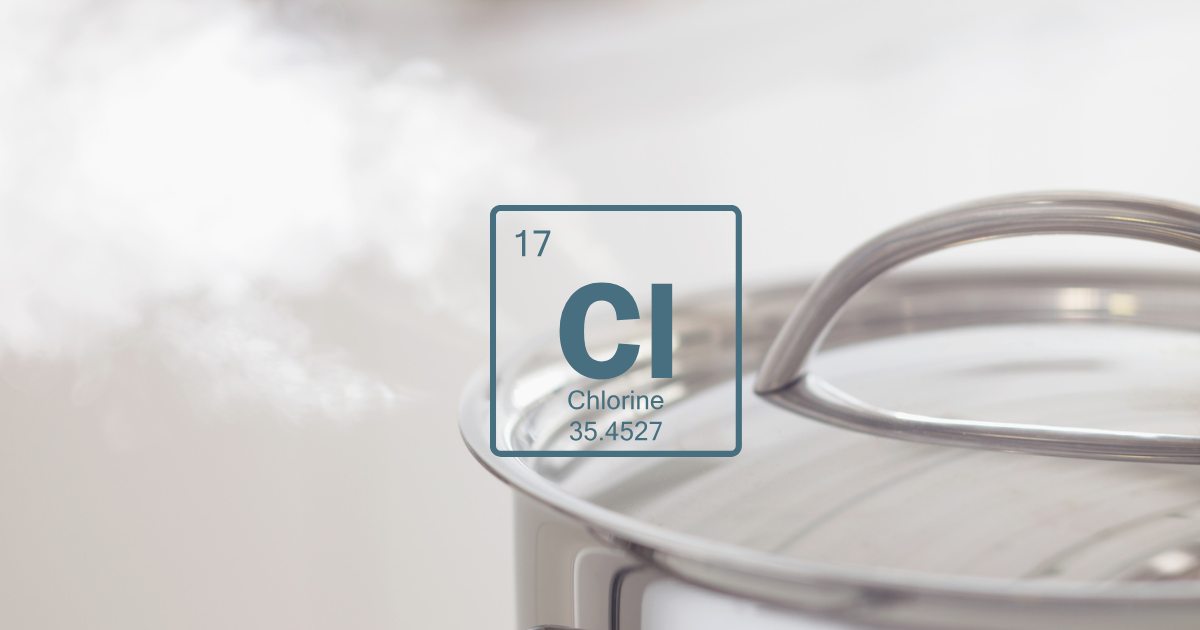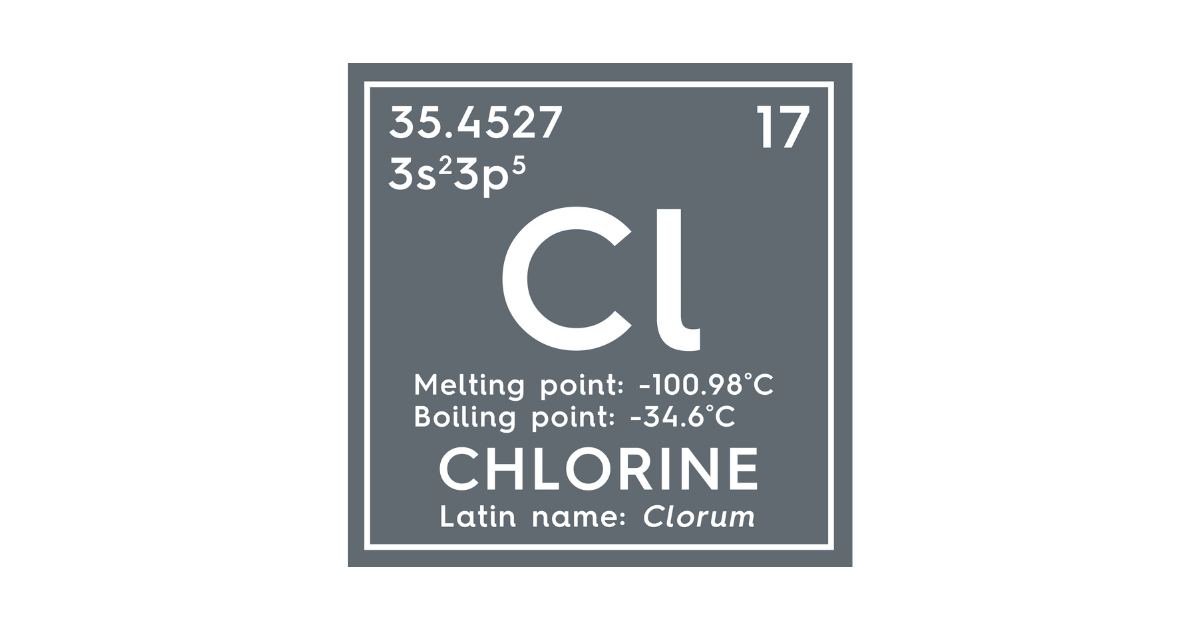
Does Boiling Water Remove Chlorine?
Many people boil their tap water with the hope of making it safe to drink. But does boiling water actually remove chlorine from drinking water?
Municipal water systems add chlorine to disinfect water, because it kills harmful bacteria and viruses. While this keeps water safe from bacteria, some people dislike the taste or worry about potential health effects—so they look for ways to remove chlorine.
Let’s break down how boiling water affects chlorine, how long it takes, and what other options exist for chlorine-free water.
Why Chlorine Is Added to Drinking Water
Chlorine is added to public water supplies as a disinfectant to kill harmful bacteria, viruses, and other microorganisms that can cause waterborne diseases such as cholera, typhoid, and dysentery. This process, known as chlorination, helps ensure that drinking water remains safe as it travels through pipes to households and businesses.
Chlorine has been used for decades. In 1897, one of the earliest recorded instances of water supply chlorination occurred in the United Kingdom when a bleach solution was used to disinfect a water main after a typhoid outbreak. Shortly after, New Jersey started using chlorine as a primary disinfectant in the United States.
Benefits of Chlorination:
-
Kills pathogens – Eliminates harmful bacteria and viruses that can pose serious health threats
-
Provides residual protection – Remains in the water supply to prevent recontamination.
-
Cost-effective – Inexpensive and widely used.
-
Prevents buildup – Controls algae and biofilm in pipes and tanks.
-
Improves water safety – Reduces disease outbreaks and meets health standards.
The U.S. Environmental Protection Agency (EPA) limits chlorine levels in tap water to 4 mg/L, which is considered safe. However, many people prefer to reduce chlorine for better taste, smell, or peace of mind.
Boiling Water: Does It Work?
Yes boiling water removes chlorine, but it takes time. Chlorine is volatile and evaporates when heated, but it doesn’t vanish instantly.
-
Boil for 15 minutes to remove most chlorine from tap water.
-
Higher temperatures speed up evaporation.
-
Boiling only removes chlorine, not other contaminants like heavy metals or pesticides.
If chlorine is your main concern, boiling is effective. For more complete purification, methods like distillation or activated carbon filtration are better choices. Pure Water Distillers use a combination of distillation and carbon filtration to achieve maximum contaminant removal.
Chlorine vs. Chloramine
Some water systems use chloramine (a mix of chlorine and ammonia) instead of chlorine because it lasts longer in water.
| Feature | Chlorine | Chloramine |
|---|---|---|
| Evaporation when boiled | 15 minutes | Doesn’t evaporate |
| Removal by boiling | ✅ Yes | ❌ No |
| Taste & smell | Strong, noticeable | Milder |
| Stability in water | Less stable | More stable (stays longer) |
Because chloramine is more stable, boiling won’t remove it. If your water contains chloramine, you’ll need a different method. To find out if your water has chloramine, you can contact your local water utility to request their annual water quality report.
Other Ways to Remove Chlorine
If you don’t want to rely on boiling, consider these options:
1. Letting Water Sit
-
Leave water uncovered for 24 hours to let chlorine naturally evaporate.
-
Free and simple, but is slow and doesn’t remove chloramine.
2. Activated Carbon Filters
-
Found in pitcher filters, faucet attachments, and under-sink systems.
-
Removes chlorine effectively
-
Convenient and affordable
-
Filters need regular replacement
3. Reverse Osmosis (RO) Systems
-
Use a membrane to filter chlorine, chloramine, heavy metals, and other impurities.
-
Highly effective for broad purification
-
Requires installation and maintenance
- Varied results based off each system
4. Vitamin C (Ascorbic Acid)
-
Neutralizes chlorine instantly.
-
Common in shower filters and bath tablets.
-
Natural and chemical-free
5. Distillation
- Our Pure Water Distillers incorporate twin volatile gas vents, a patented feature. These are two small holes that allow gases that are lighter than air, such as chlorine to harmlessly vent out.
- All of our Pure Water Distillers incorporate carbon filters, which are very effective at removing these gases that still happen to be present. Since we are running distilled water through the carbon filters we can make these filters last a very long time and we avoid the normal problems of carbon filters which include bacterial contamination.
- We have also tested the effectiveness of our distillation machines on chlorine with and without a carbon filter. Without a carbon filter we achieved a 93% to 95% removal rate of chlorine. With the carbon filter we achieved a 99% plus (which means that no chlorine was detected).
Is Boiling the Best Option?
Boiling works, but it’s not always the most practical.
Pros:
-
✅ Removes chlorine effectively
-
✅ Easy and requires no special tools
Cons:
-
⏱ Takes 15+ minutes per batch
-
🔥 Energy-intensive
-
❌ Doesn’t remove chloramine or other contaminants, many of which you might not know about
Best Practices for Chlorine Removal
If you’re concerned about chlorine in your drinking water:
-
Test your water to see if it contains chlorine or chloramine.
-
Use activated carbon filters for an easy, effective solution.
-
Install reverse osmosis for the highest purification.
-
Try Vitamin C neutralization for a quick, natural fix.
- Get your own Pure Water Distiller!
Health Considerations
While chlorine keeps water safe from certain bacteria and viruses, it can form disinfection byproducts (DBPs), which may pose health risks with long-term exposure. Many people also prefer the improved taste and smell of dechlorinated water.
Using advanced filtration systems, such as distillation, is an excellent way to remove chlorine and other contaminants for cleaner, better-tasting water.
What’s Next?
💧 Want to know what’s in your water?
Test your tap water today or get a jump start and choose distillation for cleaner, better-tasting drinking water!








Leave a Reply